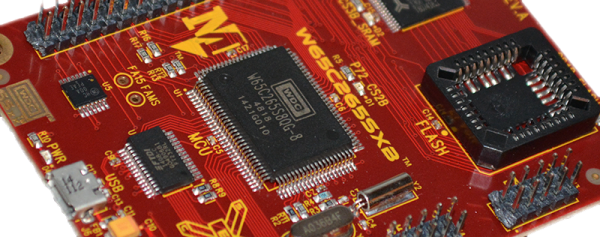We’ve all got a pile of old devices lying around somewhere that are waiting to be torn down for parts, or turned into something useful. [Peter Voljek] decided to do the latter with an old Kindle eBook reader, turning it into a neat message board that can be stuck onto a fridge. With the addition of some server-side Ruby code, you can send messages to this by email, and it automatically displays the last message received. Throw on some magnetic sticky tape and you have a neat fridge door noticeboard.
[Peter] runs his Ruby web server on a Raspberry Pi, but it should run on any platform that supports Ruby, so you could run it on a NAS device, or pretty much anything that has a web server built in. The Kindle side of the hack exploits some secret commands to disable the screensaver, then uses AJAX and JavaScript to automatically refresh the webpage the RPi is serving.
Hey, why not combine this with the Kindle weather station hack to create a noticeboard that tells you what you need from the store, and reminds you why you shouldn’t leave the house at the same time?



















